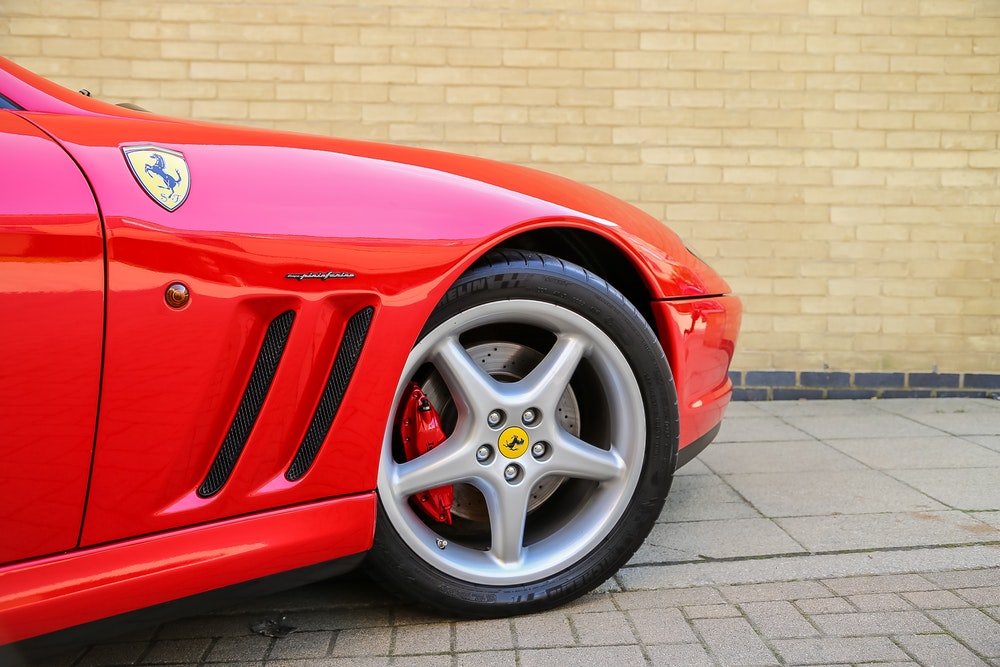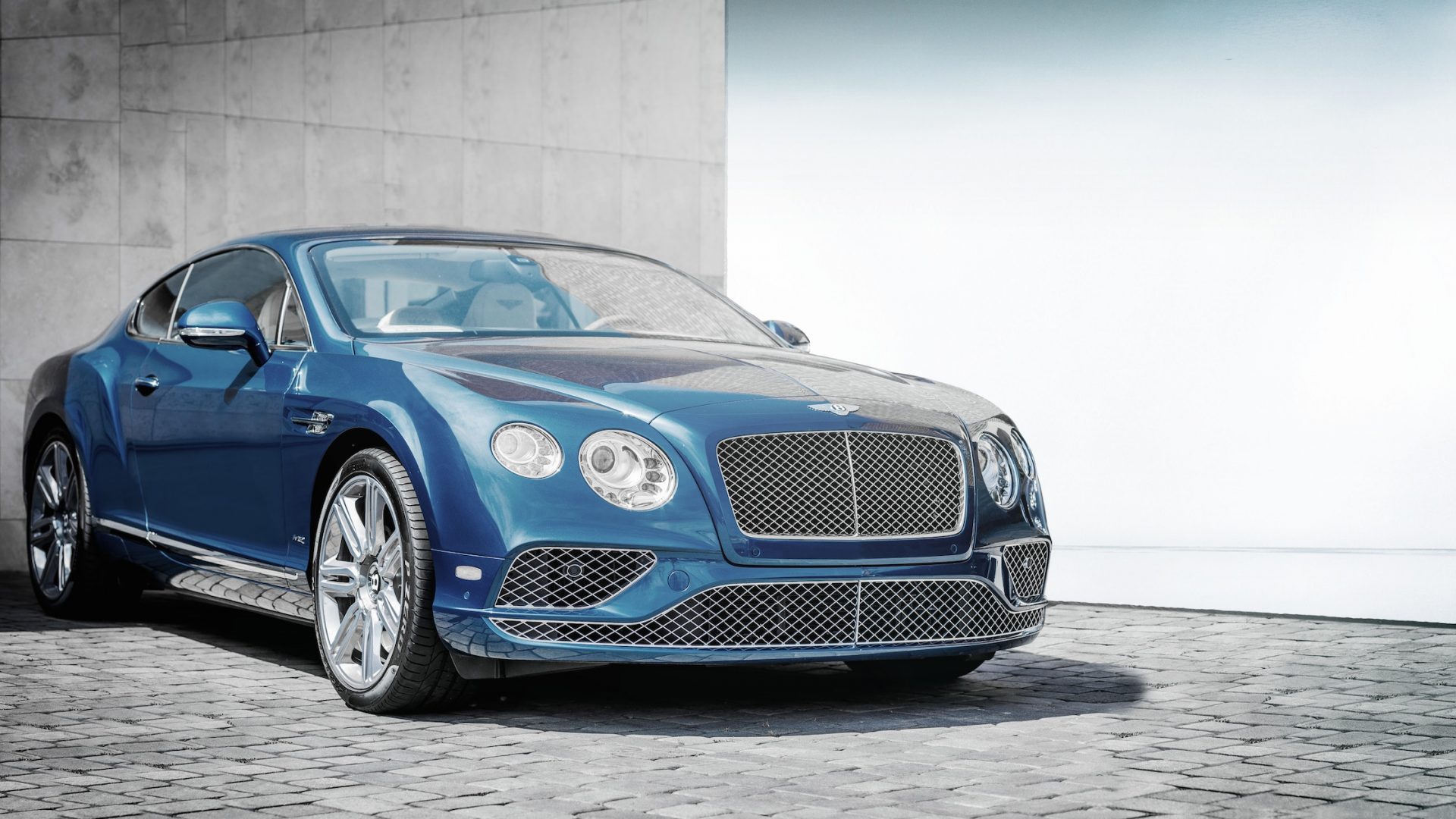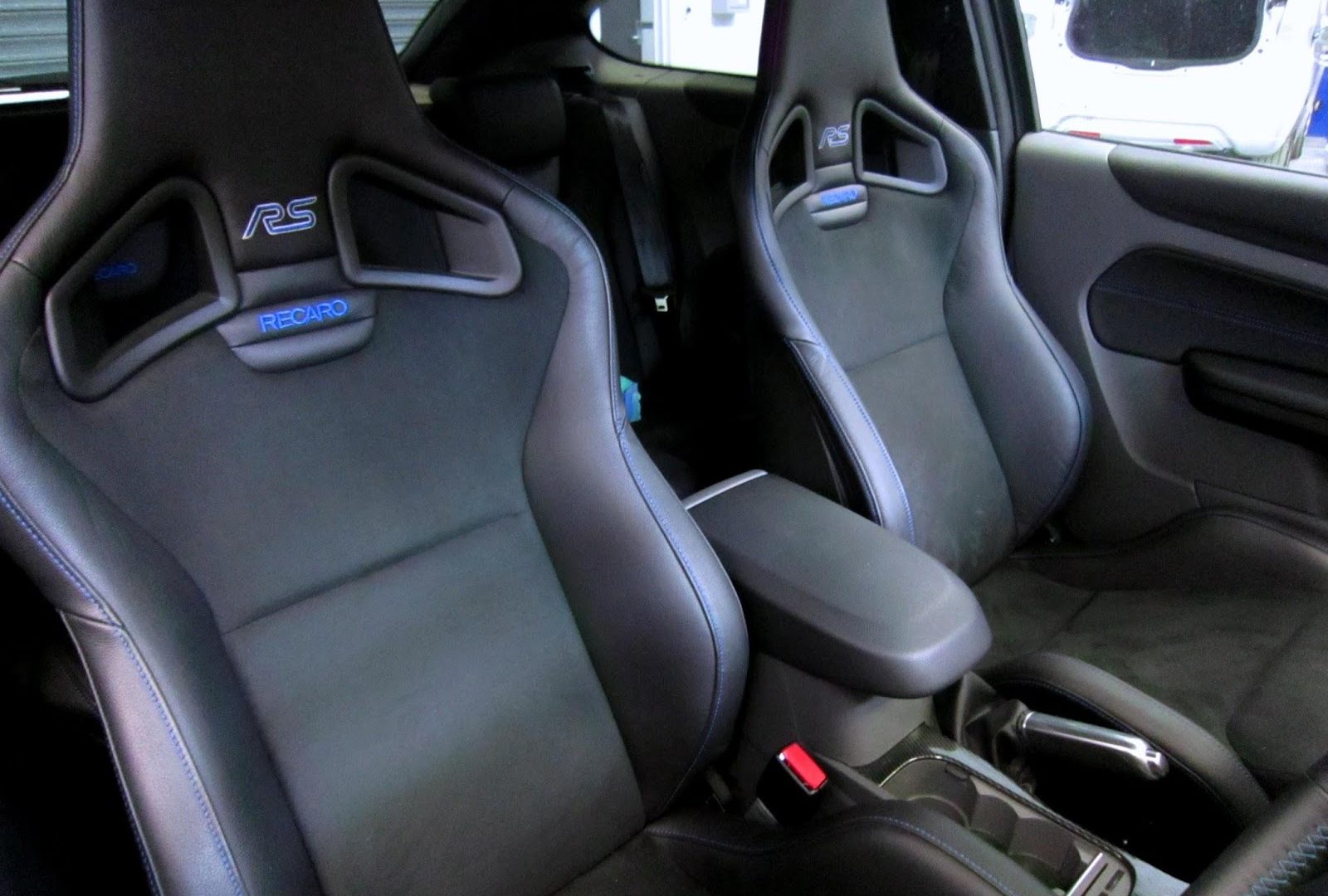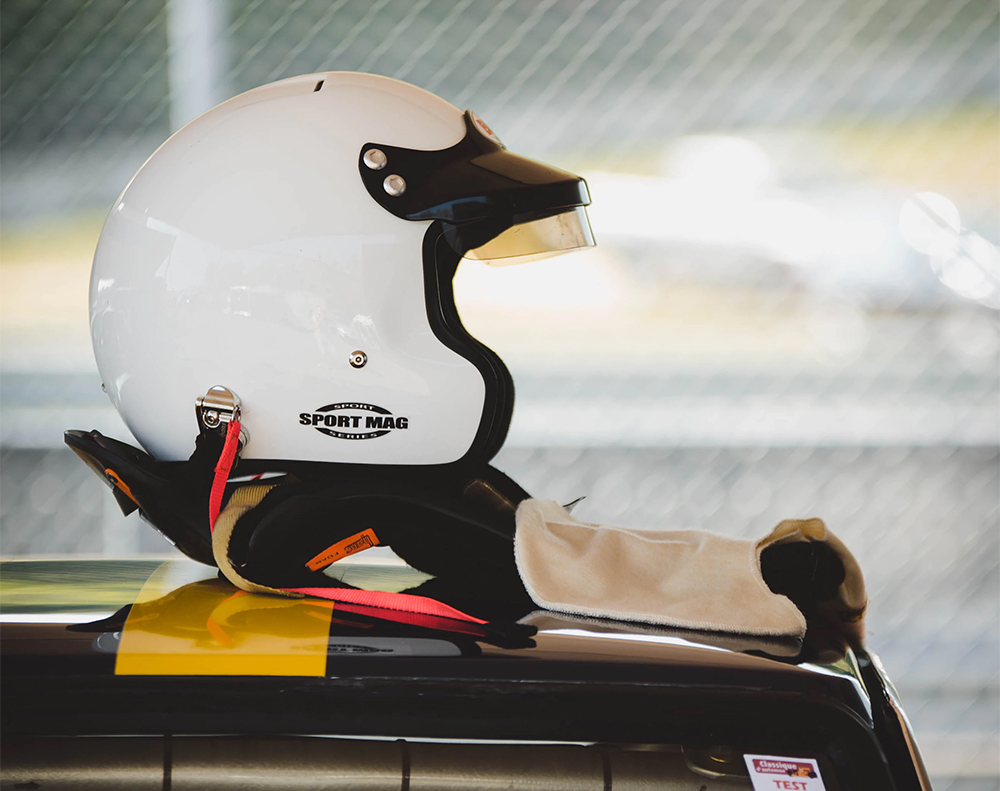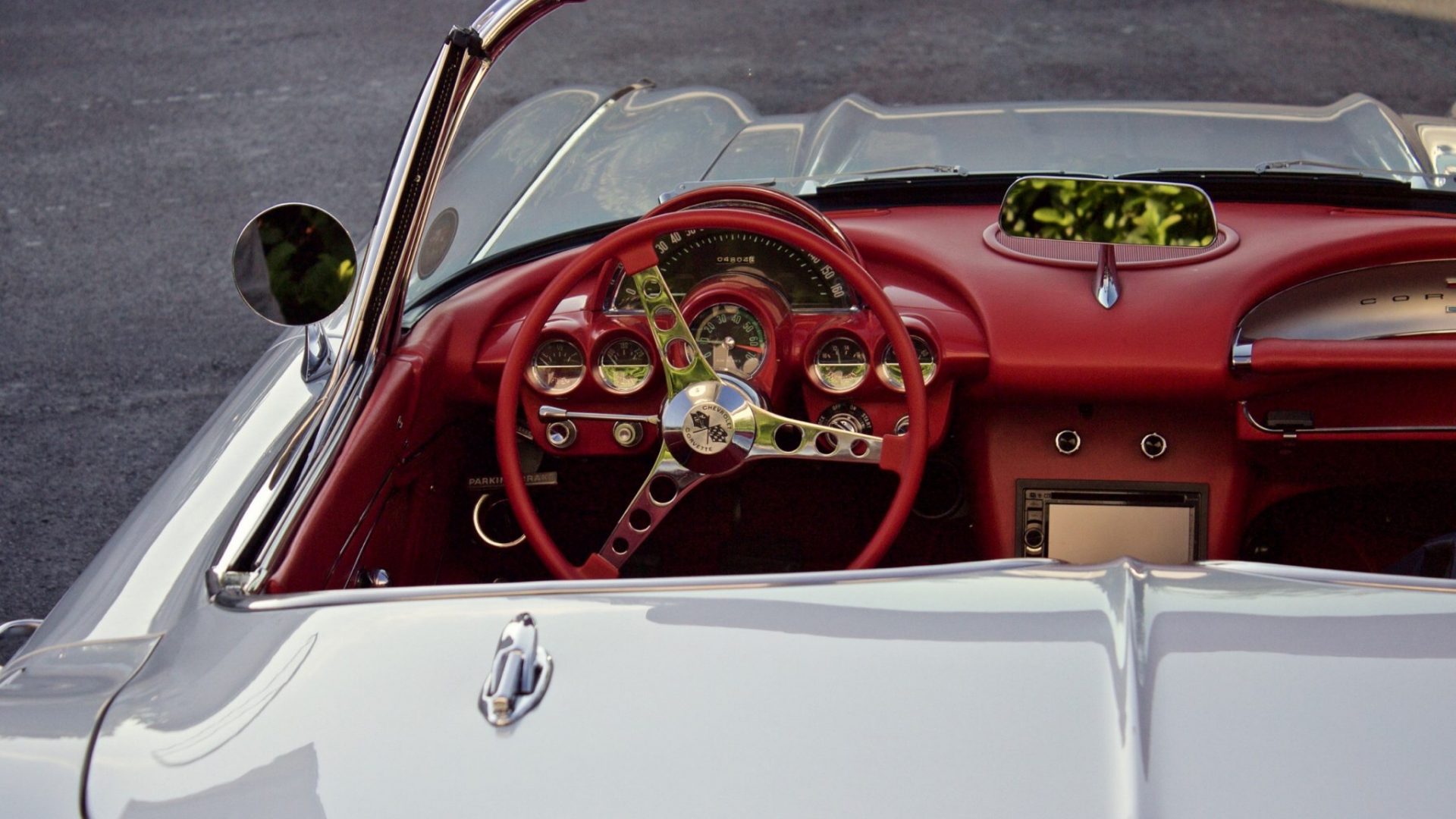Ceramic Coating. How It Works & Is It Worth It?
My Experience With Ceramic Coating My Car And Whether It Is Worth It
I came across the concept ceramic coating because of my own experience with trying to maintain my own car. About six months ago I bought my first ever Porsche (2015 991.1 911 GTS). It was a dream come true and I wanted to nurse and take care of the car so it looked showroom quality all the time. Turns out between my kids bumping into my car in the garage (often) and a pretty poor washing and care regime on my part, it took all of a few months to start seeing swirl marks in my black paint.
I decided to do some research. My focus was fixing and then protecting my paint. I read a ton about paint correction and ceramic coating and even watched Youtube videos on how to do it myself. I realized (smartly) that I had no idea what I was doing and that I needed some professional help. A few phone calls later and a friend referred me to Luke Parise and Kyle Sheridan of Padny Detailing. First of all, if you live in Long Island NY and need trustworthy guys to take care of your prized possession, I highly recommend Padny based on my experience (check out their site, email them at [email protected] or call them at 516-732-7467). This is not a promotional post and the guys did not pay me to say nice things. This is just a guy (me) who treasures his car being really happy with the service I received from two young local entrepreneurs who love cars and do awesome work.
My paint wasn’t bad before but under the lights in Luke’s garage it was clear that it was worse than I thought. The car was going to need paint correction and then Luke recommended a ceramic coating to better protect the car moving forward. He also taught me how to properly wash and care for the car too (thanks Luke).
So, What is a “Ceramic Coating”?
In the detailing industry nowadays, the term “ceramic coating” is used loosely and sometimes not accurate. A true ceramic is a high solid coating. This means that once it’s applied, it chemically bonds to the surface and increases surface hardness; much like a clear coat from the factory on top of the paint. A simple way to explain how a coating works is to imagine it like this…a coating is a liquid that becomes a solid. This liquid is applied carefully and then bonds to the surface. This creates a strong, protective or sacrificial layer over your vehicle’s paint.
Standard factory-applied clear coat typically ranks around a 3h or 4h on the pencil hardness scale (a basic metric for determining the resistance/hardness of materials). On this same scale, most ceramic coatings rank around a 8h or a 9h, making ceramic about 3 times more durable than regular clear coat alone! Some companies state that your vehicle will never scratch again. This is not entirely true, coatings do provide increased scratch resistance. If it does infract scratch, the coating has done it’s job. It is also important to note the fact that any kind of contact may cause minor surface scratching. With a coating, this scratching concern is greatly reduced but not totally gone. Like anything else, quality care and maintenance is required to keep the coated vehicle pristine.
Many products on the market now claim to have some sort of ceramic base in them. These products typically have a high solvent, low silica base content to them. Silica is one of the main compounds by which ceramic coatings are made of. Products with low content are mostly diluted and are used for quicker, less intensive detailing (much like a spray wax). Often these products are used as a stand-alones. Although they are easy to apply and may show quick and shiny results, they aren’t considered high solids and don’t properly protect the car. A ceramic coating done the right way is often a bit longer and more intricate process; however, doing so ensures the vehicle is protected for years. Most coating companies make maintenance products that are used to help prolong the duration of the coating after it’s applied. Although these products can be used as stand-alones for a quick shine or light protective layer; they are not adequately preserving and protecting your vehicle as well or as long as a fully bonded coating does.
There are a multitude of companies in the industry offering ceramic coating products. This can overwhelm the consumer when choosing which product to use. Many of the coatings on the market are very similar to each other, some unfortunately may be exactly the same but rebranded. This is why it is crucial to choose a reputable brand and certified installers. Some coatings can actually be purchased by consumers; however, we don’t recommend this. Certified installers undergo training by company representatives typically in informative workshops to sharpen their skills with these products. Therefore, when it comes to ceramic coatings, do your research with both products and detailers you choose.
The Process
One of the most important if not THE most important step in the process is the prep work! In my case the guys had to fix the paint situation first. They spent a lot of time improving the condition of the paint on my 911 GTS.
First up is washing the car, then fully decontaminating it (clay bar etc.). Next up is the paint correction (which took a week). After that they checked over the entire car, getting rid of small imperfections that are often overlooked by the untrained eye. Following this step, the vehicle was washed again and then wiped down with a prep solvent to remove any oils or polish residue that may have been left on the surface.
Next up is the ceramic coating. Padny uses both IGL Coatings and Ceramic Pro ceramic coatings in their shop. IGL also offers one of the first 10h (pencil hardness scale) coatings on the market, which is what they decided would be best for the Porsche. Due to the 10h hardness, this coating happens to provide some of the strongest and most durable surface protection.
What are the benefits of having your vehicle treated?
- Multiple years of durability. Each coating varies but most are rated from anywhere from 2-5 years.
- Stronger surface protection. From washing and maintaining your vehicle to just typical unexpected abuse and environmental elements. The vehicle will not get marred or scratch nearly as easily.
- Easy maintenance! Washing your vehicle becomes a breeze. Most of the time on vehicles that are ceramic coated we are able to rinse most of the dirt and debris away without any agitation and then air dry the car in minutes.
- Showroom/concours appearance all of the time. A coated car almost always looks great. Some of our test vehicles that were being washed weekly prior to coating now haven’t been washed in over a month and still look great!
- Peace of mind, knowing that your prized possession is heavily protected is a huge thing in itself.
- No more wax. With coatings there is no need for wax. There are certain products however that can be used as toppers to prolong the coating if you’d still like to tinker on the weekends!
- In the unfortunate event of something coming in contact with the car… you’re protected. The coating acts as a sacrificial layer on top of the paint. If a material that would have marred the paint such as bird poop, berries, sap or even some form of paint hit the surface, they are only hitting the coating and not affecting the paint in anyway.
The Results
I included all the photos I could of the car after the ceramic coating. Thanks to Kyle for taking these pictures, clearly a gifted automotive photographer and detailer too. Check him out on Instagram at Kyle Sheridan Photography.
I didn’t have before pictures to do a true comparison, but I can tell you the car looks awesome now. The black color is deeper and wetter looking than it was when I first got the car. I get people asking me all the time whether it is a custom black paint color which I suspect is a compliment. Washing the car has been much easier because with the foam gun and water, all the crap comes off without me having to use my hands. I dry it with an air blower now and have yet to see a single swirl or imperfections anywhere.
It has been over 6 weeks since I got the correction and ceramic coating and it looks just as good today as it does in these photos. I will share updated photos and condition over time, but right now I’m a very happy car owner and would recommend it to anybody who is considering it.


